
The popularity and ever-evolving nature of injectables and filler have risen exponentially in recent years, and the "liquid rhinoplasty"—aka the nonsurgical nose job—is one of the most raptly searched procedures on the menu. (Spoiler: It's also one of the most potentially dangerous and complication-prone procedures.) However, the allure of a procedure with comparatively less downtime, less commitment (results are temporary), and a potentially lower cost is not lost on us, and if you're someone who has considered surgical rhinoplasty or who is curious about other alternatives, the nonsurgical nose job is a relevant one to consider. (If you're curious about what the before-and-afters can look like, we've included work from Alexander Rivkin, MD, the inventor of nonsurgical nose jobs, below!)
In all honestly, we will be the last source to encourage cosmetic or surgical procedures in the name of beauty. You do you. Choosing to forgo these types of treatments should be just as acceptable as opting to go under the needle or knife, and vice versa. That said, we do consider it our business and responsibility to inform and educate, and since the nonsurgical nose job has recently accrued spotlighted attention and has notable risk potential, a quick deep dive felt more than warranted. (Fun fact: "Nonsurgical nose jobs" is one of the most highly searched terms in the beauty encyclopedia that is Google at the moment.)
To get all of our facts straight and to get answers to all of our burning questions regarding the "liquid rhinoplasty," we reached out to Dean Vistnes, MD, FACS, SkinSpirit medical director and a Bay Area plastic surgeon. Below, he's giving us the complete 411 on all things "nonsurgical nose job" to settle curiosity and to help anyone who is considering the treatment make a more informed decision. SkinSpirit has tons of locations throughout California, Washington, Texas, and Utah (its newest clinic just opened its doors in Beverly Hills), so feel free to call and make an appointment if you're on the West Coast and have questions or would like a consultation. Keep scrolling!

First things first, it's important to know that a nonsurgical nose job generally refers to the process of injecting dermal filler to temporarily fill areas of the nose. A surgical rhinoplasty, on the other hand, is a permanent, invasive procedure that, according to Vistnes, can change almost any variable in the anatomy of the nose.
"Think of the structure of the nose like a tent with poles and a canvas cover over it," he explains. "A surgical procedure allows you to alter the poles in any way—moving the poles, adding to or subtracting from the poles, and potentially changing the entire shape or framework of the nose under the canvas. Filler, on the other hand, is significantly more limited and can only temporarily add volume under the canvas of the tent. In other words, it can't alter the poles in any way."

So many beauty-related trends have deep roots in social media, and the interest regarding certain procedures can definitely skyrocket if they're gaining popularity and coverage on various platforms. Interestingly, Vistnes tells us the trend of nonsurgical nose jobs really gained traction five years ago around the same time "nonsurgical face-lifts" became popular. According to Vistnes, the nose was seen as another area on the face that could be altered nonsurgically with fillers, and thus, the nonsurgical nose job was born. With social media and platforms like Instagram and TikTok more prevalent and viral than ever, there's been a renewed interest in nonsurgical methods to enhance or alter one's appearance with fillers and cosmetic procedures.

As with any kind of cosmetic procedure, certain people are better candidates than others. Vistnes notes that anyone who's had a previous nose surgery should be strongly advised against filler injections, as prior surgeries can increase the potential for complications and risk. Second, filler is most effective and best used on the upper part of the nose, so the best candidate for a nonsurgical nose job would be someone who's looking to fill or smooth the bridge of their nose (e.g., someone with a small bump, small indentation, or subtle issue on the bridge of the nose). Essentially, by filling the area around the bump, your injector can create a smoke-and-mirrors illusion of a perfectly straight nose.
However, filler, as Vistnes pointed out to us earlier, can only add volume and cannot change the actual structure of the nose, so someone who is looking to reduce the overall size or shape of the nose wouldn’t benefit from this treatment. Additionally, a nonsurgical nose job isn't recommended for use on the lower portion or tip of the nose.
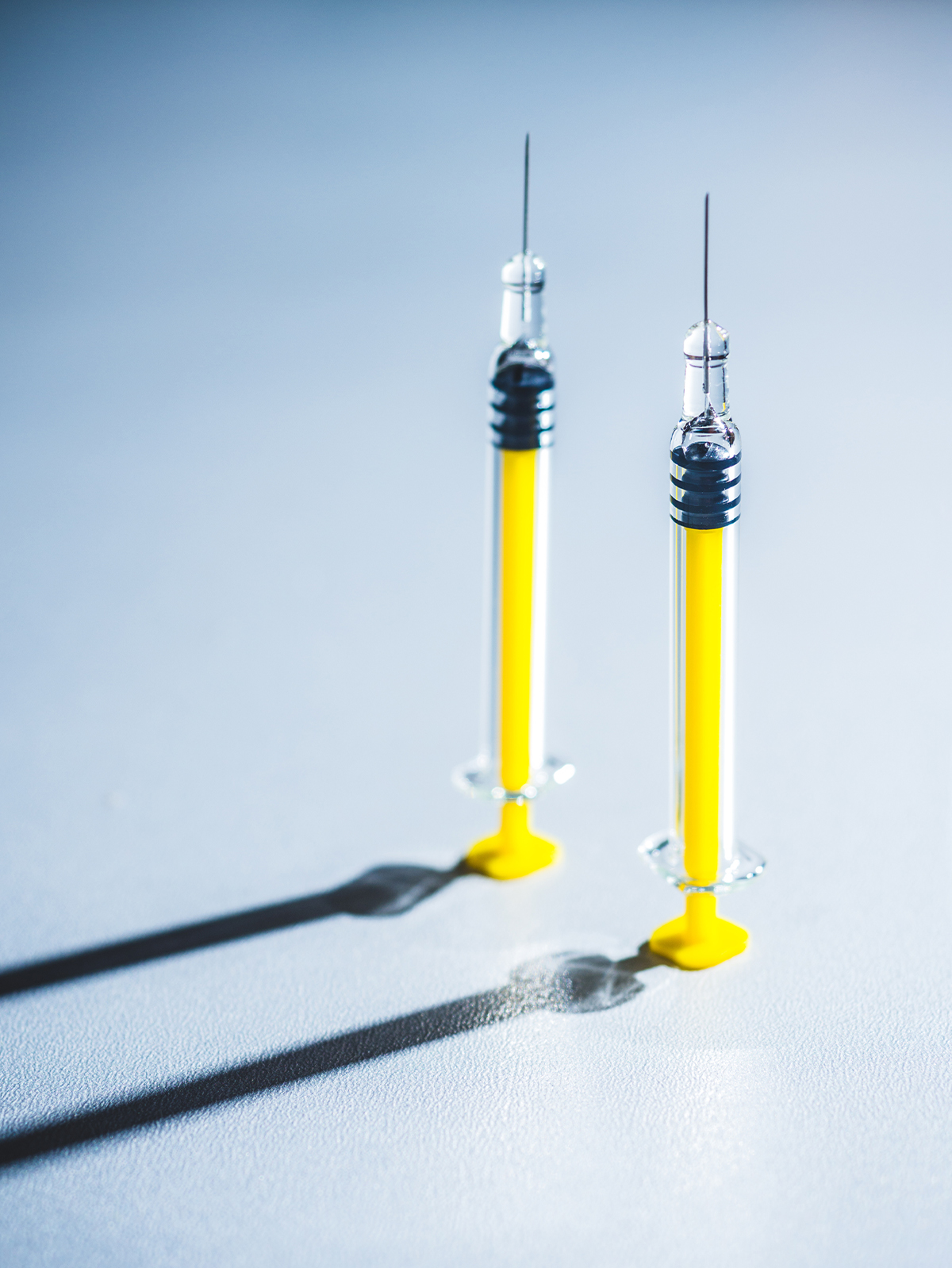
Just like you can get filler dissolved in your lips, the same goes with the nose. Therefore, the fact that a nonsurgical nose job yields temporary results could be seen as a potential benefit or drawback depending on how satisfied you are with the outcome. If a patient is unhappy with their results, Vistnes says the procedure can be reversed or will gradually dissipate over time. That said, maintaining your results will take regular procedures.
"Filler is a very limited tool versus surgery," Vistnes reminds us. "It is critical to have realistic expectations of what can be achieved with filler. It's not permanent, and you would need to get it replaced every year or so depending on the type of filler you get. Additionally, since the anatomy of the nose is incredibly complex and specific, the procedure risks are high."
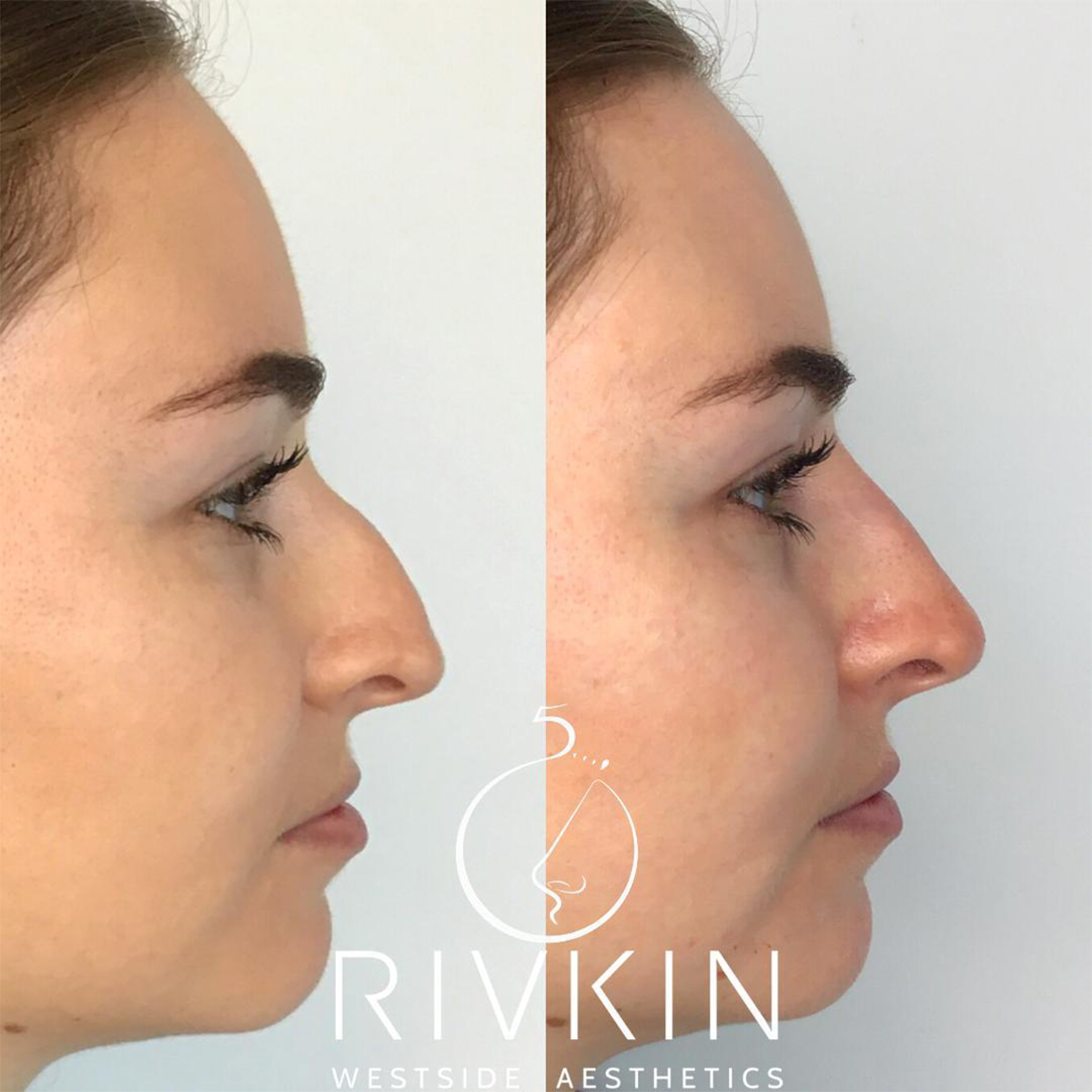
"The anatomy of the nose is incredibly complex and the skin on the nose is very specific," Vistnes continues. "For these reasons, anything being done to the nose should be done by someone that is well trained in these nuances."
Do your research; check for medical licensure, board certification, and training; and be sure to ask about the practitioner's experience with this specific area of filler treatment. (Just because an injector does plenty of lip filler doesn't mean they're knowledgeable in the realm of nonsurgical nose jobs.) It's also recommended to discuss your expectations to ensure it's the most appropriate and safe procedure for you. Due to weak blood supply, the nose is one of the most dangerous places when it comes to injections and filler, so make sure to seek a crème de la crème doctor, ideally a board-certified plastic surgeon or dermatologist.

Vistnes explains that nonsurgical nose jobs require a slower injection process than other dermal fillers due to how delicate the inside anatomy of the nose is. "The filler is injected in very small amounts, totaling half a syringe over the course of 45 to 60 minutes," he notes. "A good injector will work slowly and methodically, looking for issues, massaging, and shaping with every injection." As far as recovery, Vistnes says to expect minimal swelling and that there is the possibility for bruising. That said, the procedure itself is practically painless, especially compared to other popular injection sites like the cheeks or lips.

While a surgical rhinoplasty is a large, albeit one-time, investment (on average, a job in the U.S. will set you back roughly $5050), a temporary nonsurgical nose job requires consistent upkeep. For instance, if the reversible and natural-looking filler called Voluma is used, you'll likely spend around $2500 a year. Additionally, there is a permanent filler called Bellafill on the market, but it will still require three full sessions (at $1500 a pop) to reach the desired outcome that will last for years. So again, it's important to discuss all of your options with your doctor to make sure you're making the savviest and safest choice for your budget and your desired outcome.
Okay no, makeup will never replace the legitimate results of a cosmetic or surgical procedure, but it's a 100% safe, easy-peasy alternative to naturally enhance the look of your nose. Whether you choose to go for a surgical or nonsurgical nose job is 100% your choice and your choice alone. However, if you're no longer comfortable with the idea of getting any type of procedure done, if you don't have budget bandwidth, or if you're not the right candidate, certain makeup products and strategic application techniques have been used throughout history to shade, sculpt, and/or enhance our features—noses included! For instance, using a bronzer or contouring formula along the sides and right beneath the tip of the nose in a V shape is an age-old maneuver for faking the look of a slimmer nose, and adding a touch of highlighter right down the bridge can make the nose appear straighter.
We empower you to own your nose in all of its natural glory, but playing around with your favorite products is an easy way to create optical illusions if you're wanting to experiment sans big investment and potential risk. You can shop some of our favorite contouring and highlighting products below!


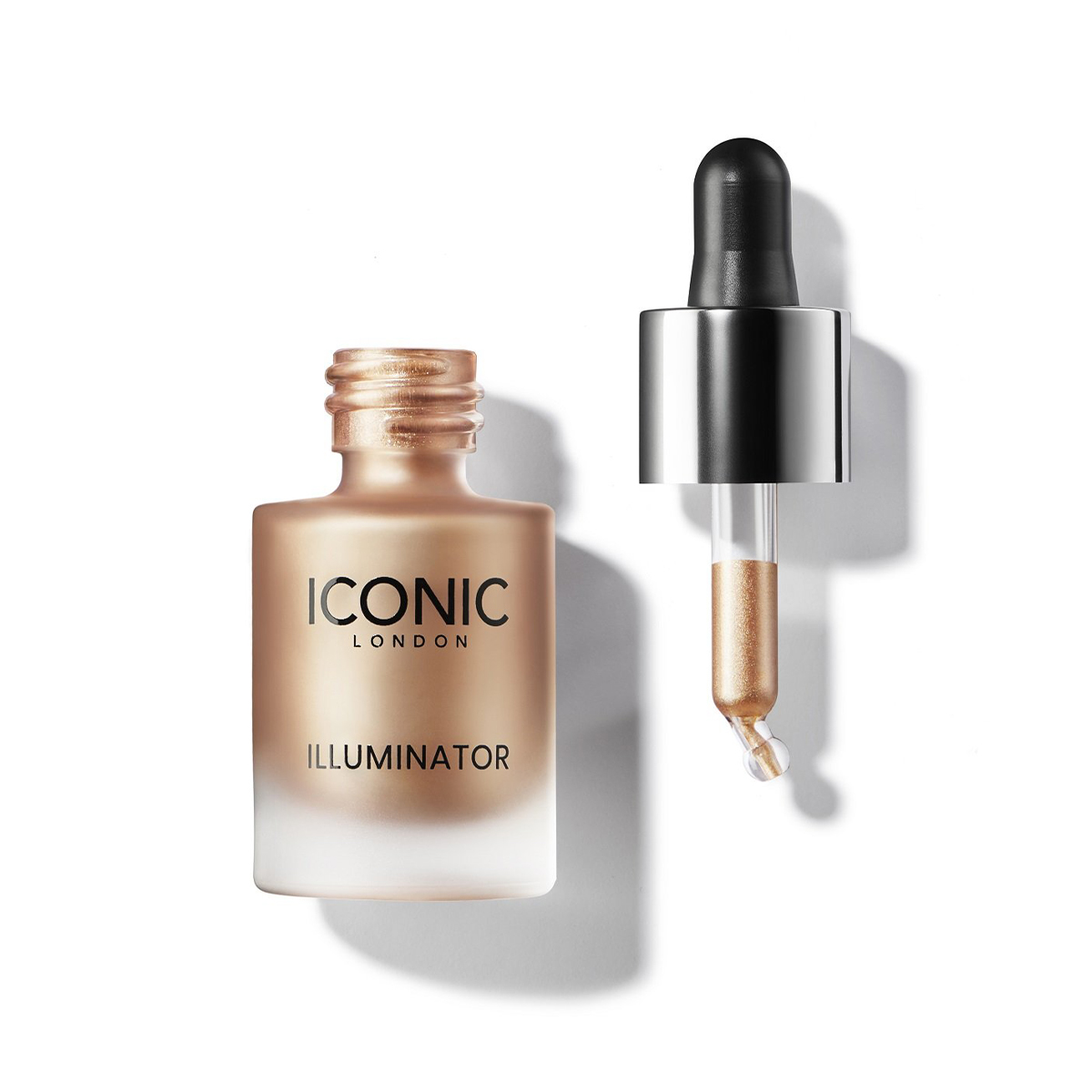


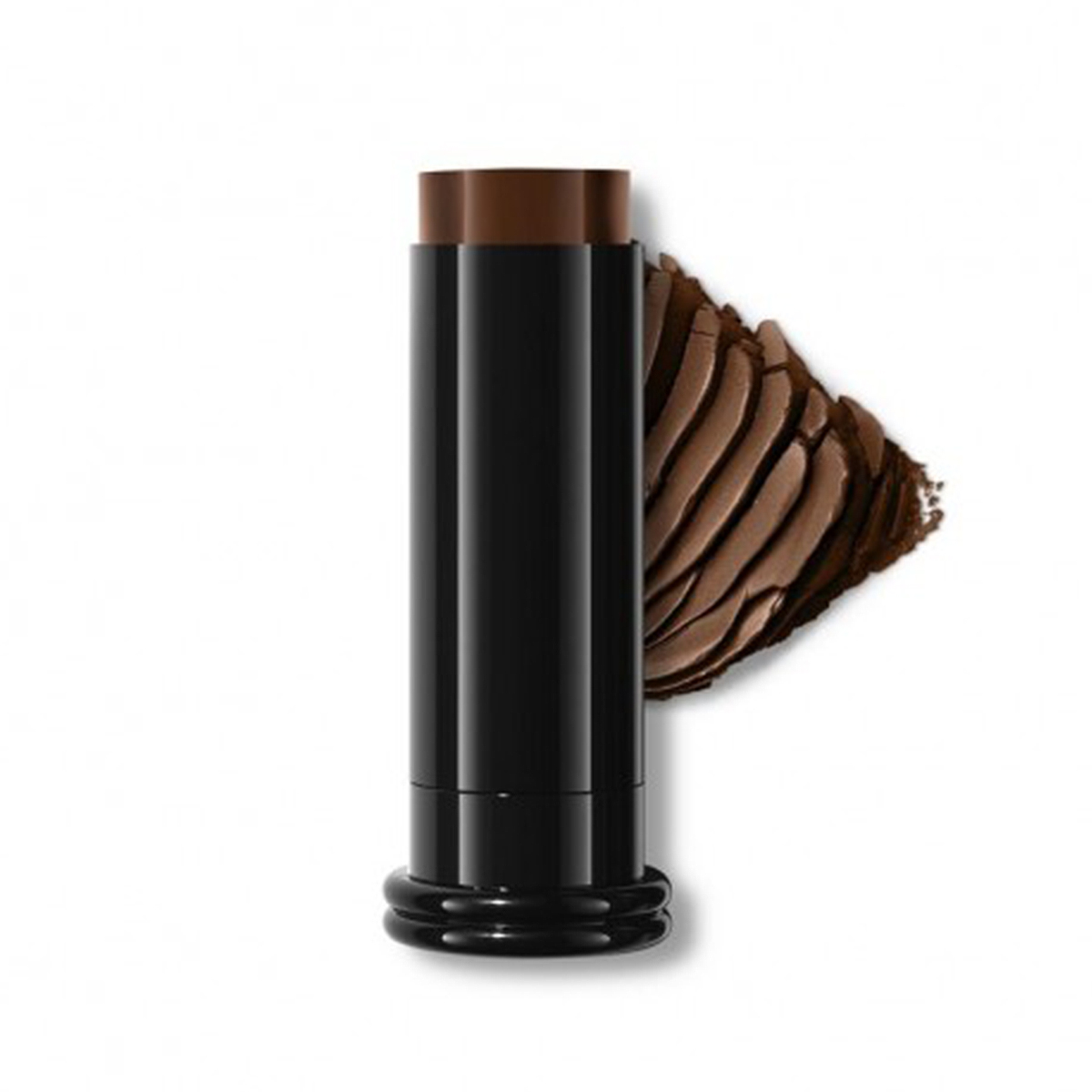

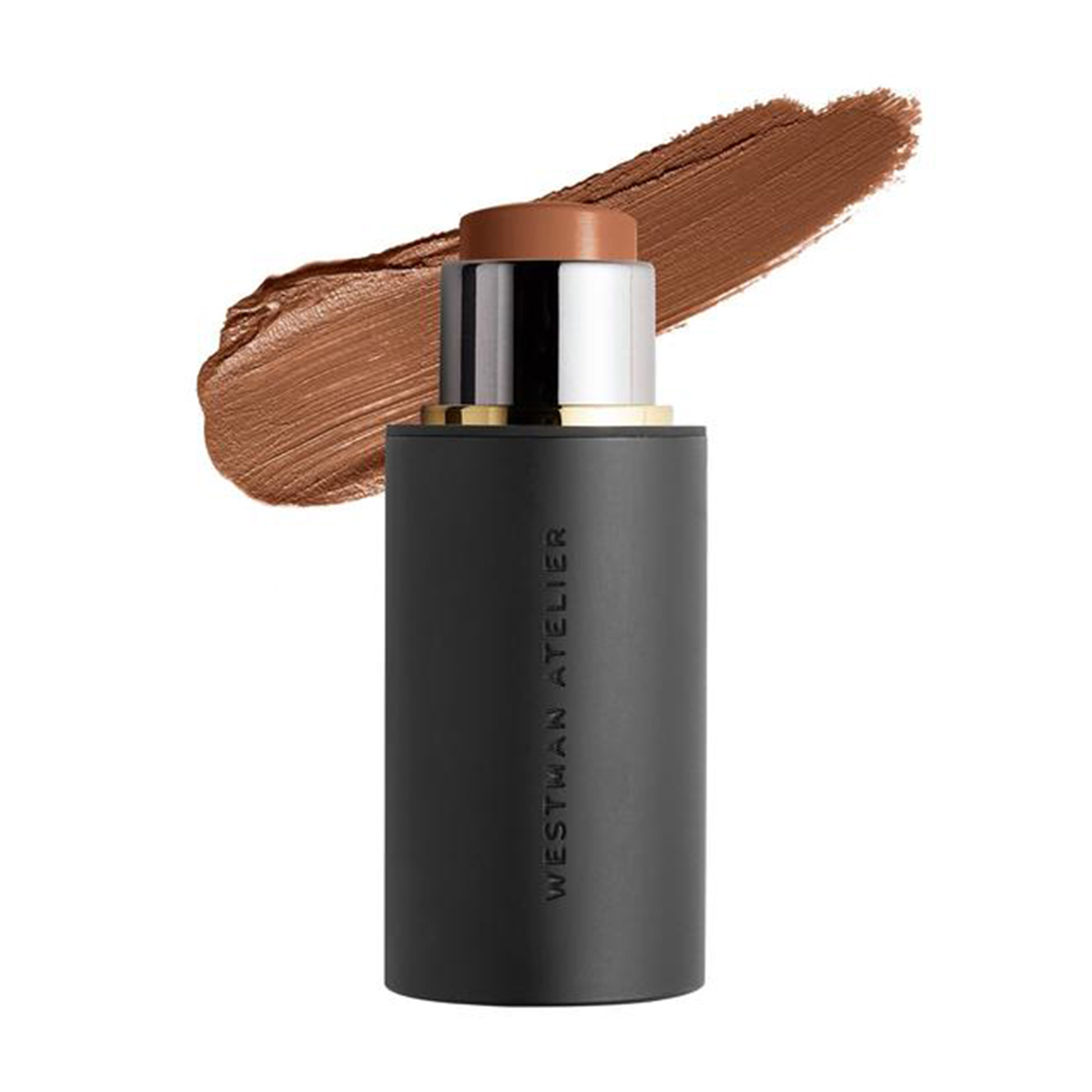
from Who What Wear https://ift.tt/3lq5Cmk



1 Comments
Thanks for sharing beneficial information and also visit my blog for better understanding Liquid Rhinoplasty in Dubai
ReplyDelete